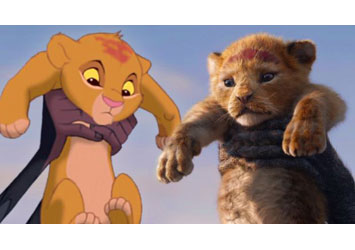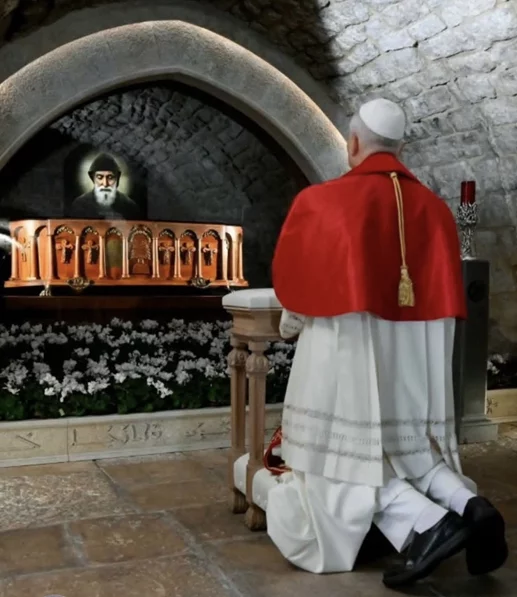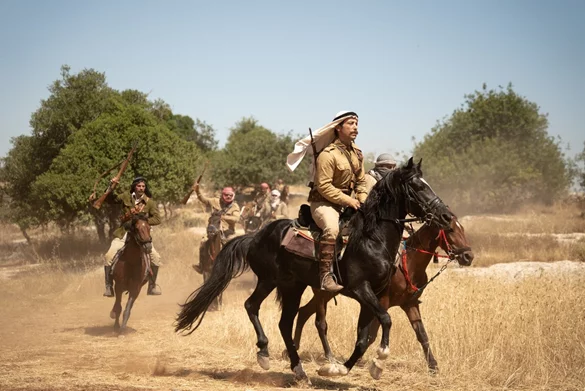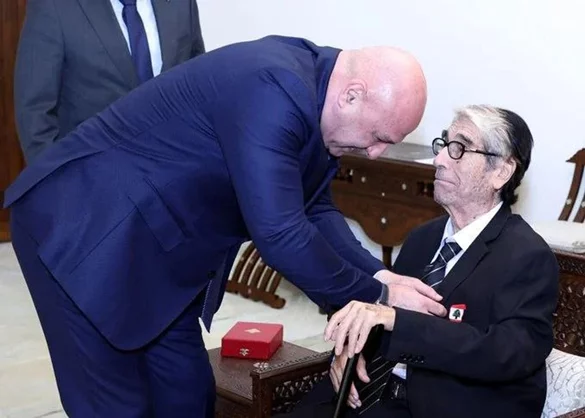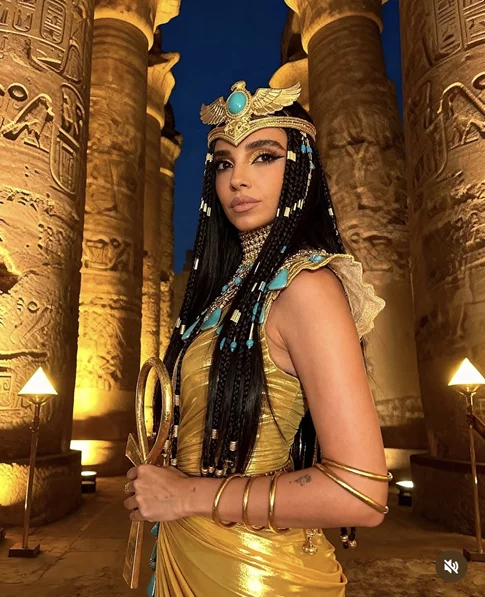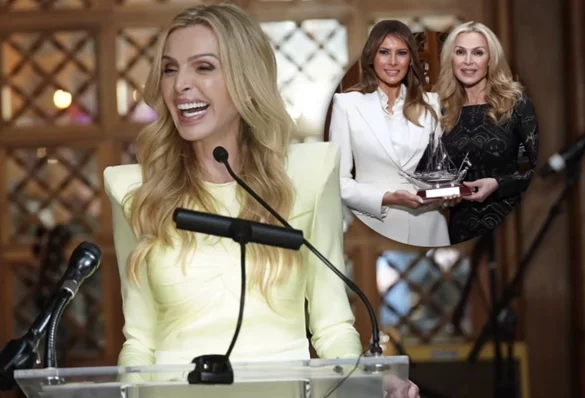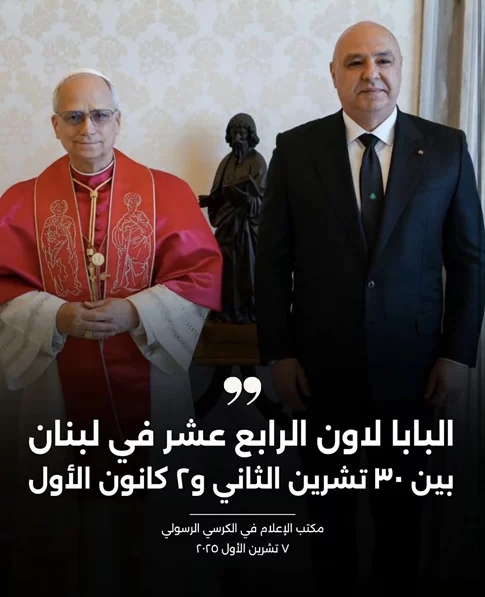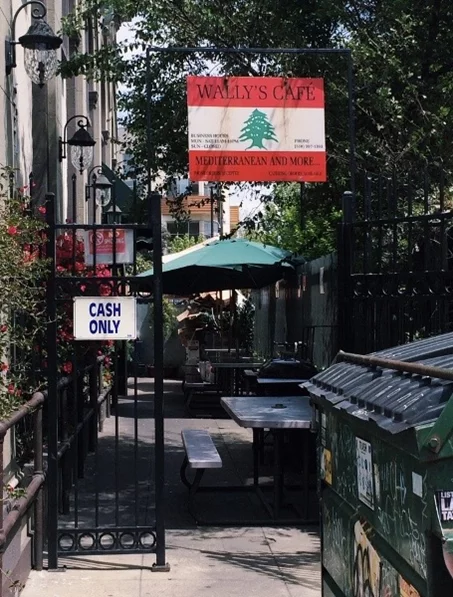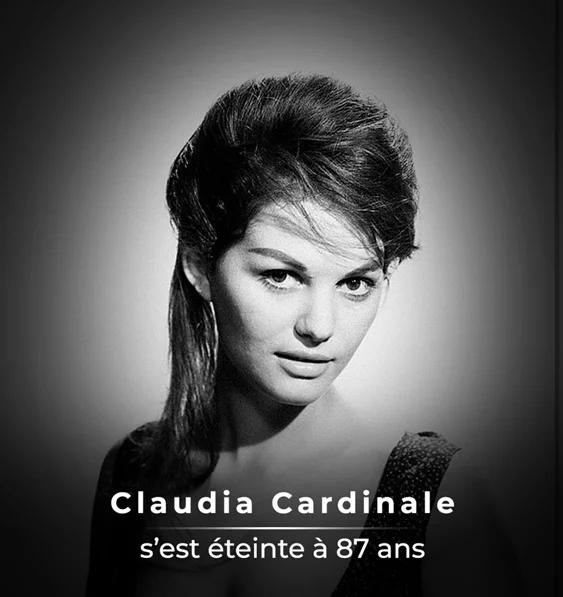It is the original Lion King's most memorable scene, the one everyone who has ever seen the Disney animation will easily recall: wide-eyed cub cutie Simba is held aloft for the assembled beasts of the African pridelands to recognise him as their future king, while Elton John belts out a rapturous Circle of Life. But why did Disney feel the need to recreate the moment almost shot for shot in the studio's debut trailer for the upcoming "live action" remake, which debuted in the US over Thanksgiving?
The short answer is that when something ain't broke, don't fix it. So Jon Favreau's film will feature James Earl Jones reprising his wonderfully sombre and prideful turn as Simba's doomed dad, Mufasa, as well as (reportedly) at least four tracks from the original's classic soundtrack by Elton John, Tim Rice and Hans Zimmer: Can You Feel The Love Tonight?, Hakuna Matata, I Just Can't Wait To Be King and, yes, Circle of Life.
Disney seems to be using nostalgia for the original to promote interest in the remake. And who can blame the studio when the trailer almost instantly became its most-viewed teaser ever, with a roaring 224.6m global views?
However, the contrast with Favreau's deft handling of 2016's The Jungle Book, which in many ways set the template for The Lion King, could not be more palpable - at least at this early stage. The debut teaser for the earlier film encouraged us to reimagine the rambunctiously whimsical 1967 Jungle Book - in fact the opposite was the case.

Favreau's film took a far more sombre tone, borrowing just two songs from its predecessor: Bill Murray's gentle rendering of The Bare Necessities and Christopher Walken's croaky reprise of I Wanna Be Like You. Neither was a patch on Phil Harris and Louis Prima's trad jazz crackers from the original musical animation.
The remake's focus was instead on showing off remarkable recent advances in CGI and motion-capture tech, which allowed an entire Indian jungle - complete with exotic animals - to be recreated via blue screen in a downtown LA studio. It is still hard to believe, when watching the film back, that Neel Sethi's Mowgli is the only "real" thing we are seeing on screen between the opening scenes and the final credits. Key action sequences - the mancub's early chase through the forest with Bagheera the black panther, his desperate escape from Shere Khan with the help of a herd of water buffalo, and the tumultuous encounter with King Louis, now upgraded to a monstrous giant ape - were far more vital to the remake's success than a couple of old show tunes. It was Hollywood's ability to create these scenes for the first time that made the new version a bona fide endeavour on a creative level.
Will the trick work twice? By the look of its trailer, The Lion King has not opted for quite the same level of verisimilitude as Favreau's earlier film. Simba, in particular, does not really look like a real lion cub, though the effect still somewhat resembles the photorealist look of The Jungle Book and similar projects such as Avatar. The concern here is that the new Lion King doesn't do quite enough to justify its existence.
Perhaps this is why Disney has continued to label its latest remake a "live action" project, to the chagrin of some who believe it should really be categorised as an animated endeavour. One suspects audiences will ultimately be too busy weeping with nostalgia over the first chords of Can You Feel the Love Tonight. But the distinction is a vital one in terms of the project's credibility: if this new Lion King ends up being something close to a shot-for-shot remake using new technology, rather than a full, live action reimagination, there is less reason for us to bother going to see it. Moreover, the history of such projects hardly bodes well.
In the original animation, Simba grew up to look just like his dad. Disney needs to make sure the apple falls a little further from the tree this time around, if only to ensure this new Lion King is worth seeing for those of us who still remember 1994 like it was yesterday.
Watch the official trailer below
Source: The Guardian



